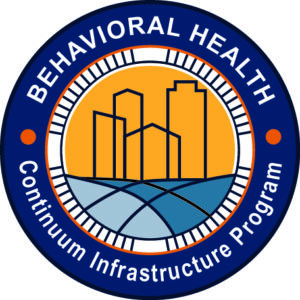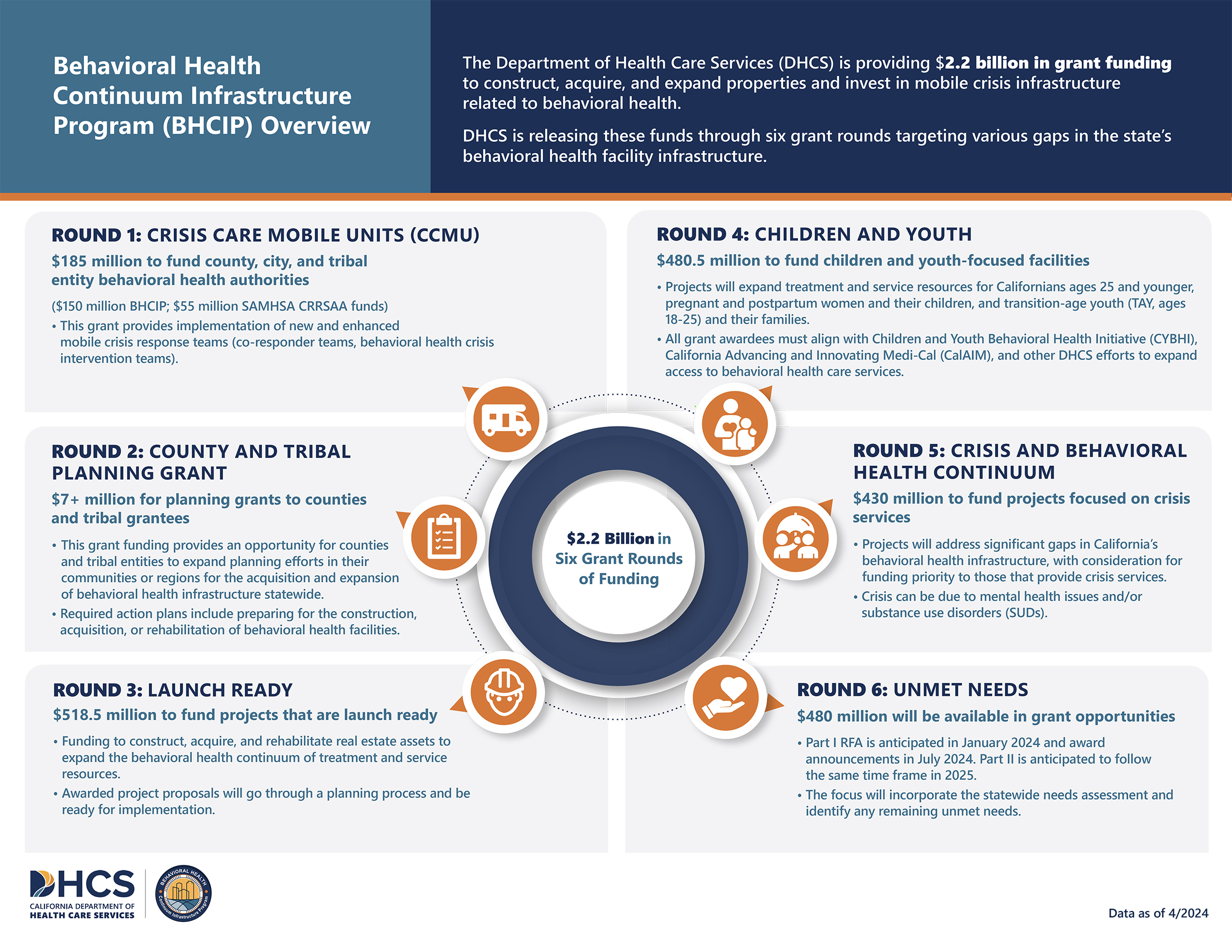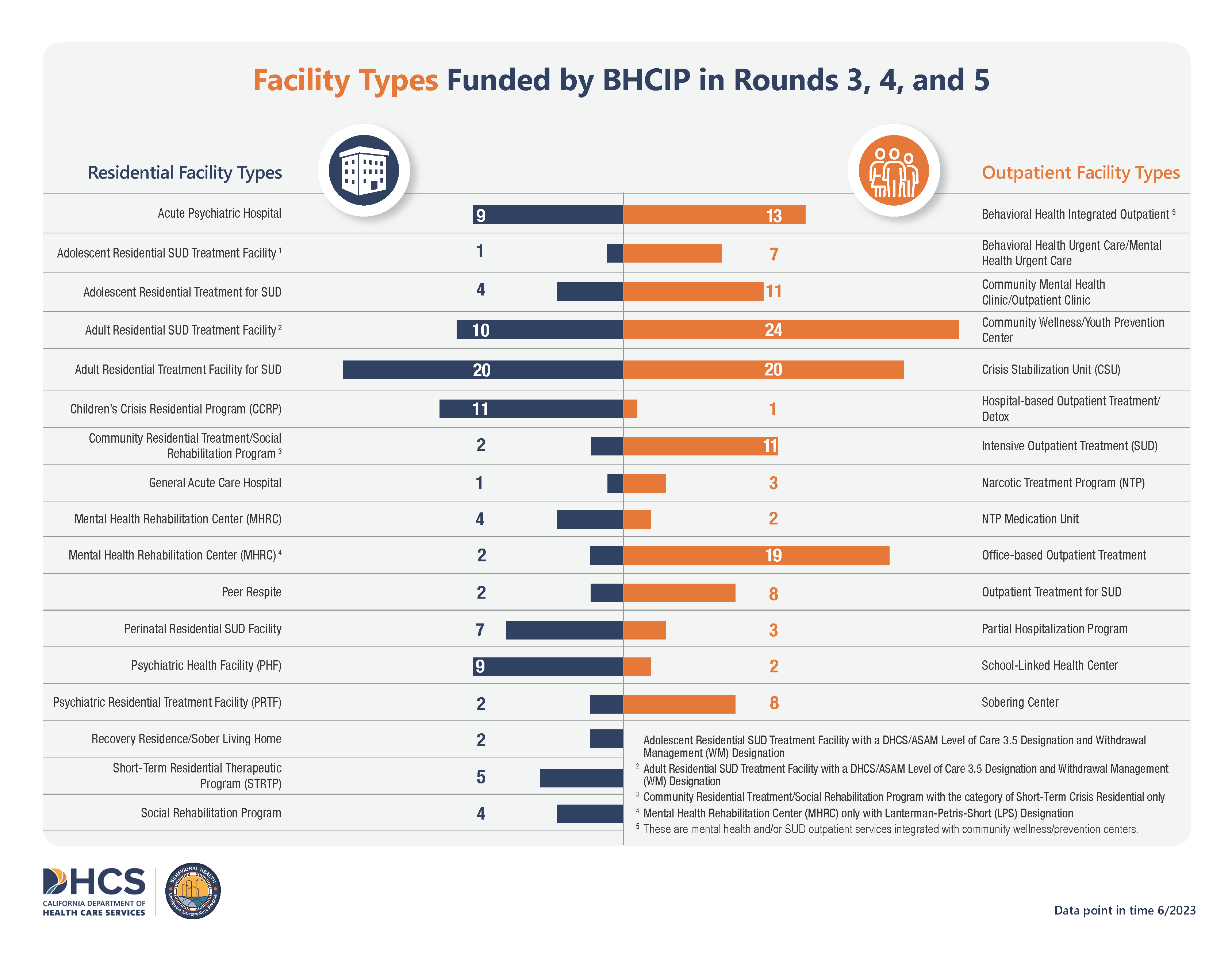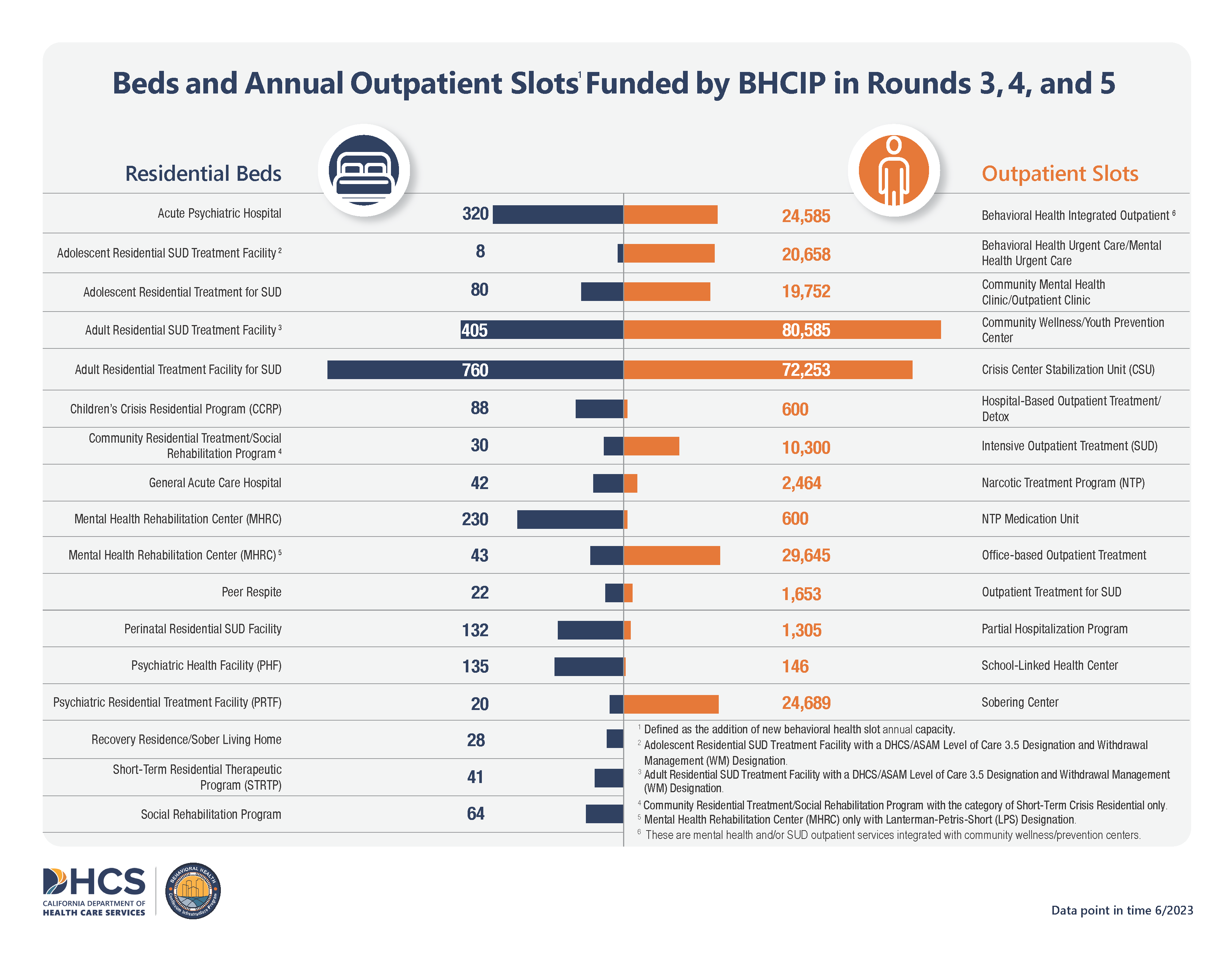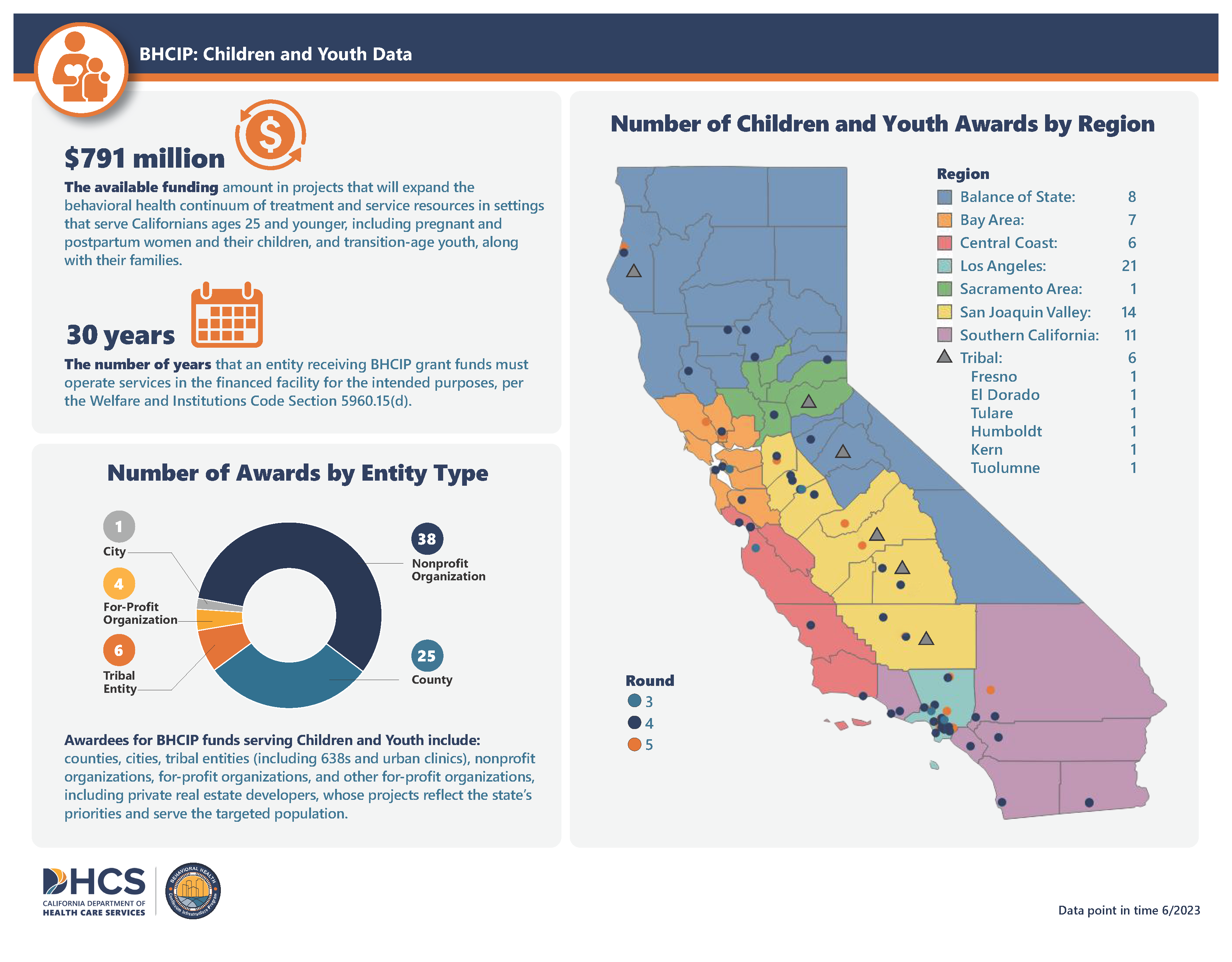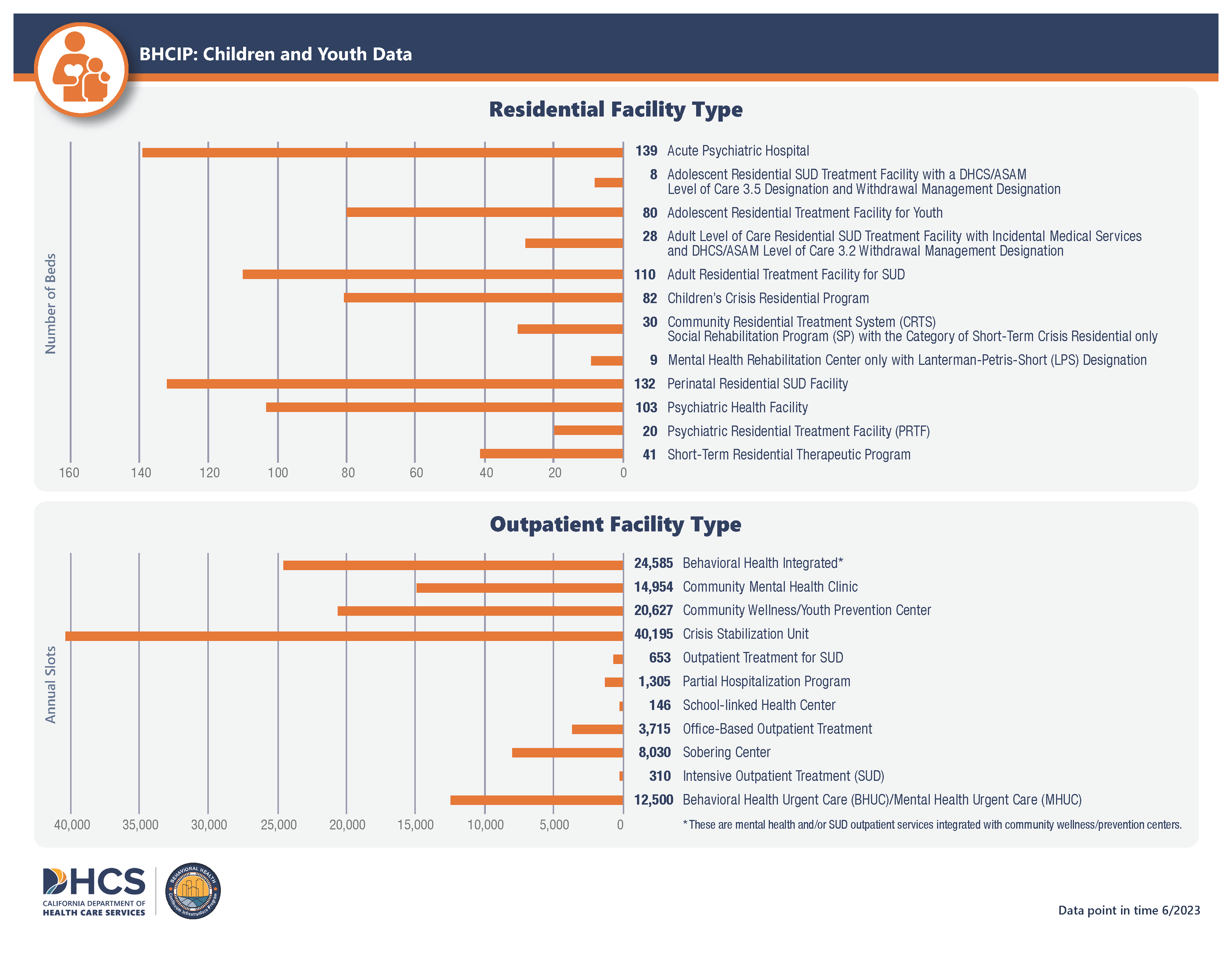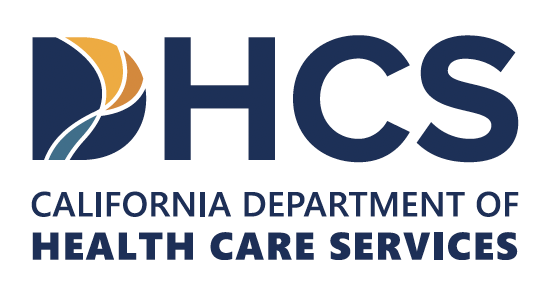Behavioral Health Continuum Infrastructure Program
DHCS was authorized through 2021 legislation to establish Behavioral Health Continuum Infrastructure Program (BHCIP) and award $2.2 billion to construct, acquire, and expand properties and invest in mobile crisis infrastructure related to behavioral health. In partnership with Advocates for Human Potential, Inc. (AHP), DHCS is releasing these funds through six grant rounds targeting various gaps in the state’s behavioral health facility infrastructure.
In March 2024, California voters passed Proposition 1, a two-bill package including the Behavioral Health Services Act (BHSA) (Senate Bill 326) and the Behavioral Health Infrastructure Bond Act of 2024 (BHIBA) (Assembly Bill 531). The BHIBA portion is a $6.38 billion general obligation bond to develop an array of behavioral health treatment, residential care settings, and supportive housing to help provide appropriate care facilities for Californians experiencing mental health conditions and substance use disorders. DHCS was authorized to award up to $4.4 billion in BHIBA funds for BHCIP competitive grants. In addition, DHCS will enact changes resulting from Proposition 1 through the Behavioral Health Transformation (BHT) project, which aims to modernize the behavioral health delivery system, improve accountability, increase transparency, and expand capacity of behavioral health care facilities for California residents.
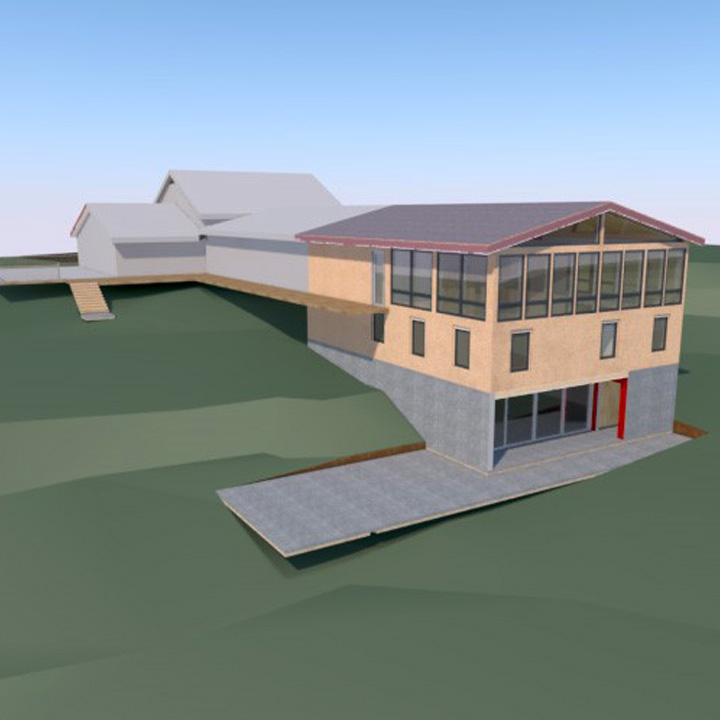
Program Highlights
Round 2: Community Mental Health Clinic
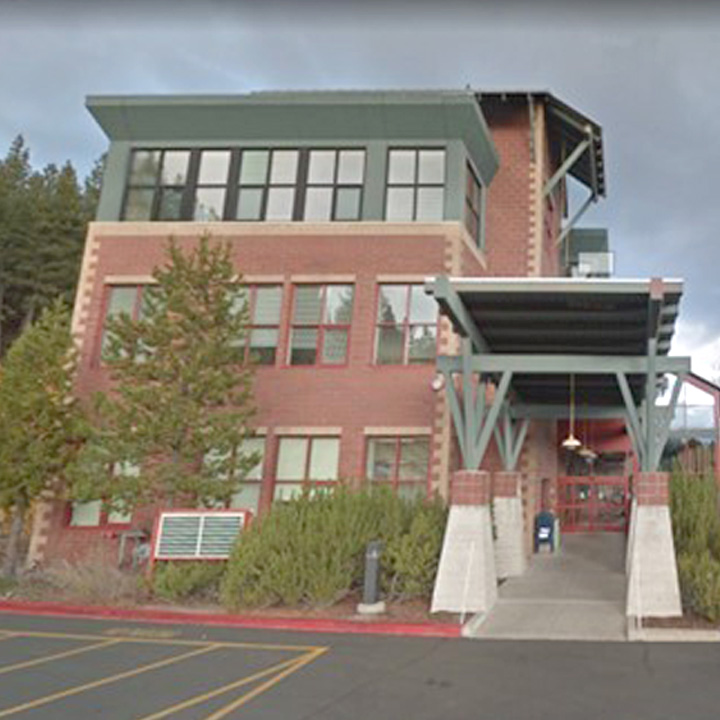
Program Highlights
Round 3: Tahoe Forest Hospital District
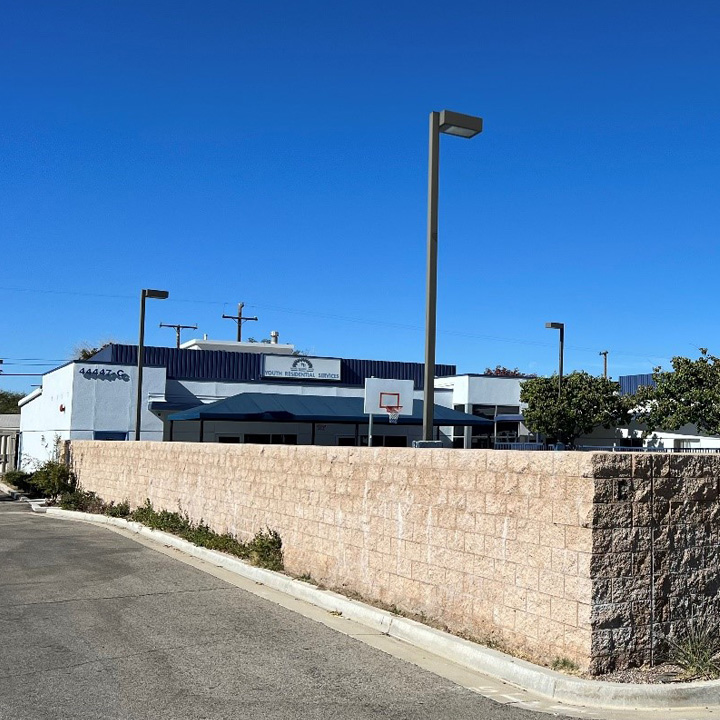
Program Highlights
Round 4: Tarzana Treatment Centers, Inc.
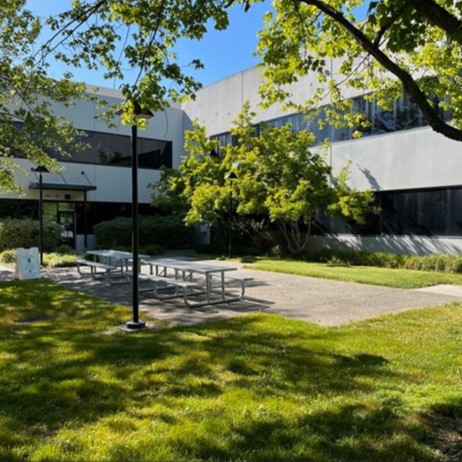
Program Highlights
Round 5: Napa County Health and Human Service Agency
Behavioral Health Infrastructure
To view additional infographics, click on this image
About
Improving California’s Infrastructure
CalHHS infrastructure funding, alongside significant new state and federal investments in homelessness, healthcare delivery reform, and the social safety net, will address historic gaps in the behavioral health and long-term care continuum to meet growing demand for services and supports across the lifespan.
These investments will ensure care can be provided in the least restrictive settings by creating a wide range of options including outpatient alternatives, urgent care, peer respite, wellness centers, and social rehabilitation models. A variety of care placements can provide a vital off-ramp from intensive behavioral health service settings and transition individuals, including the most vulnerable and those experiencing homelessness, to community living. Investing in adult and senior care facilities will divert SSI/SSP recipients from homelessness as a key part of the state’s strategic multi-agency approach to increase housing options for seniors and people with disabilities.
